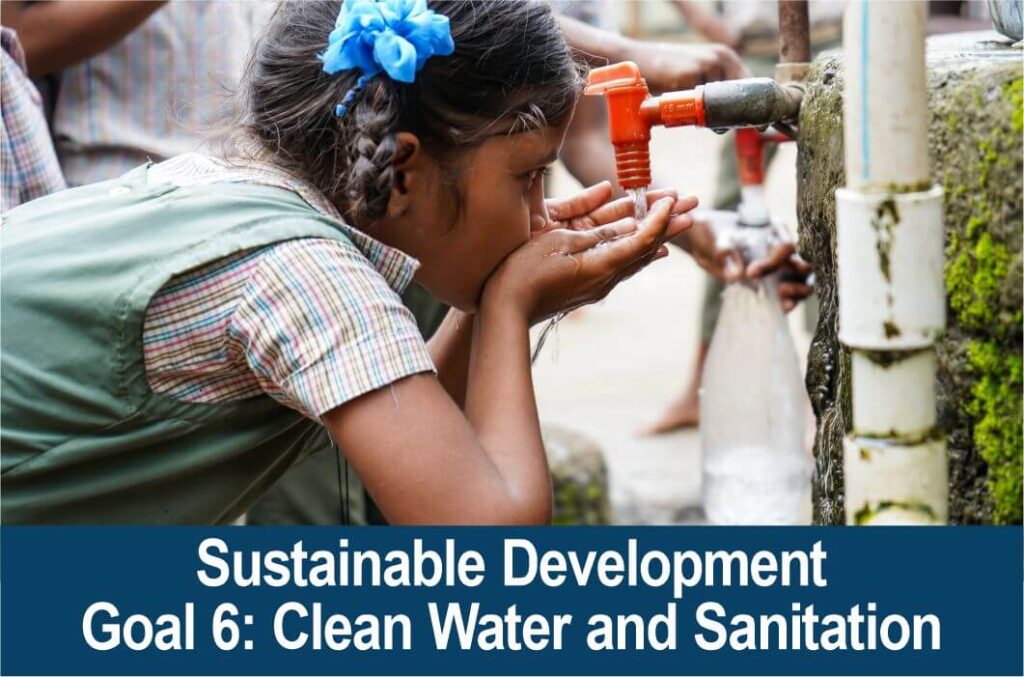
Introduction
India, with its vast population and diverse geography, faces significant challenges in ensuring water security. The Sustainable Development Goals (SDGs), particularly Goal 6, aim to ensure availability and sustainable management of water and sanitation for all. Effective water storage systems play a crucial role in meeting these targets, particularly in a country where water scarcity and quality issues are prevalent.
Understanding SDG 6
Sustainable Development Goal 6 focuses on ensuring availability and sustainable management of water and sanitation for all by 2030. This includes targets such as universal access to safe and affordable drinking water, adequate sanitation and hygiene, and the protection and restoration of water-related ecosystems. For a country like India, which is grappling with erratic monsoons, over-extraction of groundwater, and pollution, achieving these targets is a formidable task.
The Importance of Water Storage
Proper water storage systems are essential for addressing the challenges of water availability and quality. They provide a buffer against seasonal variations in water supply, particularly in regions dependent on monsoon rains. With the right infrastructure in place, communities can store water during periods of surplus and use it during droughts or lean seasons.
1. Enhancing Water Availability
One of the most significant benefits of effective water storage is the enhancement of water availability. Traditional methods like tanks and ponds, as well as modern solutions such as reservoirs and aquifers, can store rainwater and surface runoff. By capturing and storing water, communities can reduce dependence on fluctuating groundwater supplies and ensure access to water throughout the year.
2. Mitigating Flood Risks
Improved water storage systems can also play a pivotal role in flood management. In many parts of India, heavy rains can lead to devastating floods, causing loss of life and property. By implementing better storage solutions, such as flood retention basins, excess rainwater can be managed effectively, reducing the impact of floods on vulnerable communities. This not only protects lives but also enhances resilience against climate change.
3. Promoting Sustainable Agriculture
Agriculture is a primary consumer of water in India, accounting for approximately 80% of the total freshwater usage. Proper water storage can significantly enhance agricultural productivity by providing a reliable supply of irrigation water. By implementing rainwater harvesting systems and improving soil moisture retention through better practices, farmers can achieve more sustainable yields and reduce their reliance on groundwater.
4. Improving Water Quality
Water quality is another critical aspect of SDG 6. Poorly managed water storage systems can lead to contamination from runoff or stagnant water. However, well-designed storage solutions can help maintain water quality by incorporating filtration systems and ensuring regular maintenance. Clean water sources not only reduce the incidence of waterborne diseases but also contribute to better health outcomes in communities.
5. Community Involvement and Awareness
Successful water storage initiatives often involve local communities in planning and implementation. Educating communities about the importance of water conservation and proper storage techniques fosters a culture of sustainability. Participatory approaches can enhance the resilience of local ecosystems and empower communities to take charge of their water resources.
Conclusion
Achieving the targets of SDG 6 is imperative for India’s sustainable development. Proper water storage systems provide a multifaceted solution to the challenges of water scarcity, quality, and distribution. By investing in infrastructure, promoting sustainable practices, and engaging communities, India can make significant strides toward ensuring water security for all. As climate change continues to pose new challenges, adapting our water management strategies through effective storage will be essential for the well-being of current and future generations. Through collective efforts and innovative solutions, India can not only meet its SDG 6 targets but also pave the way for a more sustainable and equitable water future.


